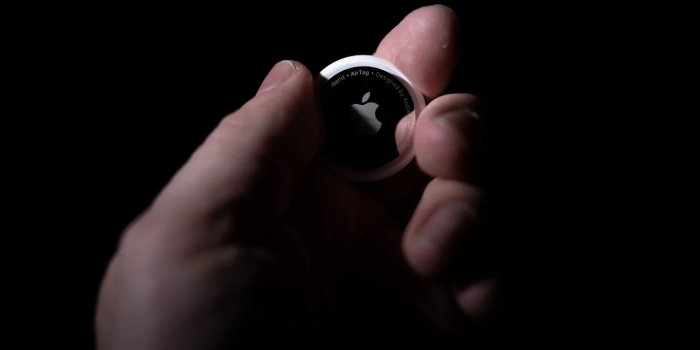Bluetooth trackers like Apple’s AirTag and Tiles are heralded as miracle workers for finding lost objects, such as remote controls or keys. But their convenience has a drawback: they can be attached to cars, concealed in bags, or used for stalking.
Apple has attempted to track rogue AirTags through Android apps and upgrades, but the problem still exists. This resulted in a class-action lawsuit against Apple, which was recently approved by a judge who cited adequate proof of product liability and negligence.
The good news is that you can take a few steps to avoid being tracked by Bluetooth trackers. A simple tutorial can help you determine your risk, know what to look for, and disable any foreign Bluetooth trackers you come across.
The term “technology-facilitated abuse” describes the use of any technological tool to coerce, follow, or harass another person. The most current data from the CDC showed that 3.7% of males and 16% of women have ever been stalked.

There can be a few disclaimers, though.
This paper was published years before Apple’s well-known AirTag went on sale, and it makes no distinction between cyberstalking and physical stalking. Since then, technology has dramatically evolved. Therefore, these figures might not accurately represent the state of cyberstalking today.
Even though anyone can be the victim of a cyberstalker using an AirTag, Tile, or any number of monitoring applications, some demographics seem more at risk than others. Although there isn’t much information on stalking with Bluetooth trackers mainly, we can conclude previous cases of stalking and technology-enabled abuse. Although this is by no means an exhaustive list, if you belong to any of the following categories, you might want to take additional safety measures:
Stalking is far more common among women who have experienced intimate partner violence and are between the ages of 18 and 24.
People of color, as well as active duty military personnel who identify as LGBT, are more likely to be in this category. Journalists are more prone to become victims of harassment and stalking that is enabled by technology, particularly local TV news reporters.
Furthermore, those who advocate for human rights, including activists, dissidents, and people from countries with a history of human rights violations, could be the subject of abuse enabled by technology. The United Nations Human Rights Office offers resources and an overview of specific hazards to individuals in this group.
If these circumstances sound familiar, use the Technology Safety website to create a safety plan, find advocates, and access additional resources.
Because AirTag and Tile trackers are small, they are easy to hide. Ensure you’re not being followed by checking typical hiding places and taking tracker-proofing precautions. Every day, empty your pockets and bag and check the seams for any anomalies that might indicate hidden trackers. One can covertly conceal small trackers, such as the Tile Slim, beneath the lining of a suitcase.

Choose bags with magnets or zippers for secure closures, and for extra security, consider using iron-on hem tape or snap-style buttons to close side pockets. To strengthen defenses against tracking, get help from a dry cleaner for leather bags or bags with exposed compartments.
Ensure your luggage lock is FAA-certified before you board a plane, and check your bag and everything inside it before and after. Verify that your luggage is closed when you leave your room and check the pockets of any clothing item you send to be washed or ironed.
If you rent a mailbox or utilize a PO box, check all your mail before you return home. Unfamiliar envelopes and boxes should be handled with special care. Before leaving the facility, inspect each piece of packing material used to make the boxes. If at all possible, dispose of your trash.

Never leave the post office without checking your received mail, mainly if you use General Delivery, live in a remote region, or don’t use carrier delivery services. In such cases, those who know where you are might use General Delivery to send packages to you, which could compromise your privacy. Your residence address could be accidentally revealed if you open mail at home.
If you’re a cyclist, check under your saddle to ensure no trackers have been connected.
Unfortunately, automobiles provide plenty of places for trackers to hide. Look under the front and rear bumpers, behind license plates, in the wheel wells, and between the hood and windshield.


